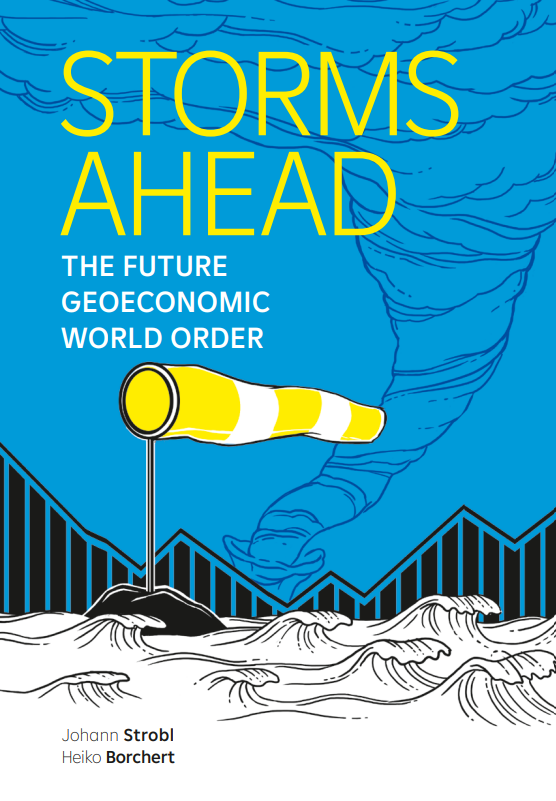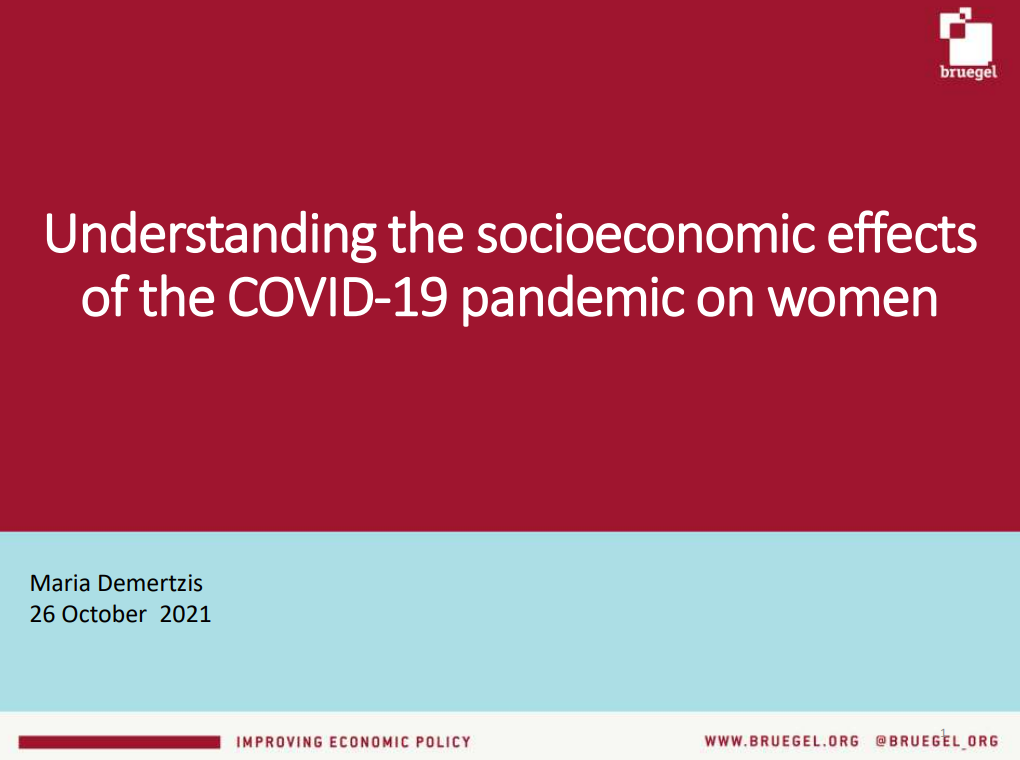Blog Post
Racial prejudice in police use of force
What’s at stake: This week was dominated by a new study by Roland Fryer exploring racial differences in police use of force. His counterintuitive result that blacks and Hispanics experience discrimination for all types of interaction involving force except for officer involved shootings provoked debate after the study was published on Monday.
Roland Fryer writes that from Bloody Sunday on the Edmund Pettus Bridge to the public beatings of Rodney King, Bryant Allen, and Freddie Helms, the relationship between African-Americans and police has an unlovely history. The raw memories of these injustices have been resurrected by several high profile incidents of questionable uses of force. These incidents, some captured on video and viewed widely, have generated protests in Ferguson, New York City, Washington, Chicago, Oakland, and several other cities and a national movement (Black Lives Matter).
Methodology and results
Rajiv Sethi writes that Fryer provides evidence of significant racial disparities in the experience of non-lethal force at the hands of police, even in data that relies on self-reports by officers. Using official statistics from New York City’s Stop, Question and Frisk program, he finds that blacks and Latinos are more likely to be held, pushed, cuffed, sprayed or struck than whites who are stopped. This remains the case even after controlling for a broad range of demographic, behavioral, and environmental characteristics. And using data from a nationally representative sample of civilians, which does not rely on officer accounts, he finds evidence of even larger disparities in treatment.
More precisely, Roland Fryer estimates logistic regressions of the following form:

where Force is a measure of police use of force on individual i, in precinct p, at time t. A full set of race dummies for civilians are included in the regressions, with white as the omitted category. Consequently, the coefficients on race capture the gap between the named racial category and whites. The vectors of covariates included in the estimation vary across specification but include baseline civilian characteristics (such as gender and age), encounter characteristics (whether the interaction happened inside, the time of day, whether it occurred in a high or low crime area, and whether the civilian provided identification), civilian behavior, precinct and year fixed-effects.
Roland Fryer writes that given the stream of video “evidence”, which many take to be indicative of structural racism in police departments across America, the ensuing and understandable outrage in black communities across America, and the results from our previous analysis of non-lethal uses of force, the results displayed in Table 5 are startling. Blacks are 23.8 percent less likely to be shot by police, relative to whites. Roland Fryer writes that these facts are most consistent with a model of taste-based discrimination in which police officers face discretely higher costs for officer-involved shootings relative to non-lethal uses of force.
Discussing the evidence
Michelle Phelps writes that we shouldn’t conclude that there is “no bias” in police shootings based on Fryer’s evidence. Because of large racial disparities in who gets stopped by police, the “hit rate” — or the percent of times a stop ends with a confirmation of wrong-doing — is often higher for whites than blacks. Even if police pulled the trigger without “bias,” this disparity in stops would produce vastly unequal death rates. Thus, to rigorously test the hypothesis of whether black Americans are more likely to be killed by police, we need to consider both unequal rates of police encounters and the outcomes of those interactions.
Rajiv Sethi writes that there are two distinct pools of observations: an arrest pool and a shooting pool. The arrest pool is composed of “a random sample of police-civilian interactions from the Houston police department from arrests codes in which lethal force is more likely to be justified: attempted capital murder of a public safety officer, aggravated assault on a public safety officer, resisting arrest, evading arrest, and interfering in arrest.” The shooting pool is a sample of interactions that resulted in the discharge of a firearm by an officer, also in Houston. Importantly, the latter pool is not a subset of the former, or even a subset of the set of arrests from which the former pool is drawn. Put another way, had the interactions in the shooting pool been resolved without incident, many of them would never have made it into the arrest pool.
Ezekiel Kweku writes that it’s important to emphasize here that the question Fryer is attempting to answer is not “are blacks more likely to be shot at by police than whites.” It’s not even “are blacks more likely to be shot at by police than whites, given that the police have already decided to stop them.” He’s trying to ask something even more precise: Given a situation in which the police officer is likely to be justified in using lethal force, is he more likely to choose lethal force if the subject is black?
Rajiv Sethi writes that if there is little or no racial bias in the way police handle genuinely dangerous suspects, but there is bias that leads some mundane interactions to turn potentially deadly, then the kind of analysis conducted by Fryer would not be helpful in detecting it. Which in turn means that the breathless manner in which the paper was initially reported was really quite irresponsible.
Rajiv Sethi writes that a close look at the arrest data (Table 1D) alongside the shooting data (Table 1C, column 2) reveals a number of puzzles that should be a cause for concern. In the arrest data only 5% of suspects were armed, and yet 56% of suspects “attacked or drew weapon.” This would suggest that over half of suspects attacked without a weapon (firearms, knives and vehicles are all classified as weapons). Moreover, there are large differences across groups in behavior: two-thirds of whites and one-half of blacks attacked, a difference that is statistically significant (the reported p-value is 0.006). What this means is that the pool of black arrestees and the pool of white arrestees are systematically different, at least as far as behavior is concerned.
Black Lives and Dignity Matter
Roland Fryer writes that much more troubling, due to their frequency and potential impact on minority belief formation, is the possibility that racial differences in police use of non-lethal force have spillovers on myriad dimensions of racial inequality. If, for instance, blacks use their lived experience with police as evidence that the world is discriminatory, then it is easy to understand why black youth invest less in human capital or black adults are more likely to believe discrimination is an important determinant of economic outcomes. Black Dignity Matters.
Rajiv Sethi writes that aside from being fundamentally unjust, disparities in the use of non-lethal force have some really important implications for crime rates. The harassment of entire groups based on racial or ethnic identity is a major obstacle to witness cooperation in serious cases, including homicide. In fact, given the importance of corroboration, a belief that other witnesses will not step forward can be self-fulfilling.
Republishing and referencing
Bruegel considers itself a public good and takes no institutional standpoint. Anyone is free to republish and/or quote this post without prior consent. Please provide a full reference, clearly stating Bruegel and the relevant author as the source, and include a prominent hyperlink to the original post.












